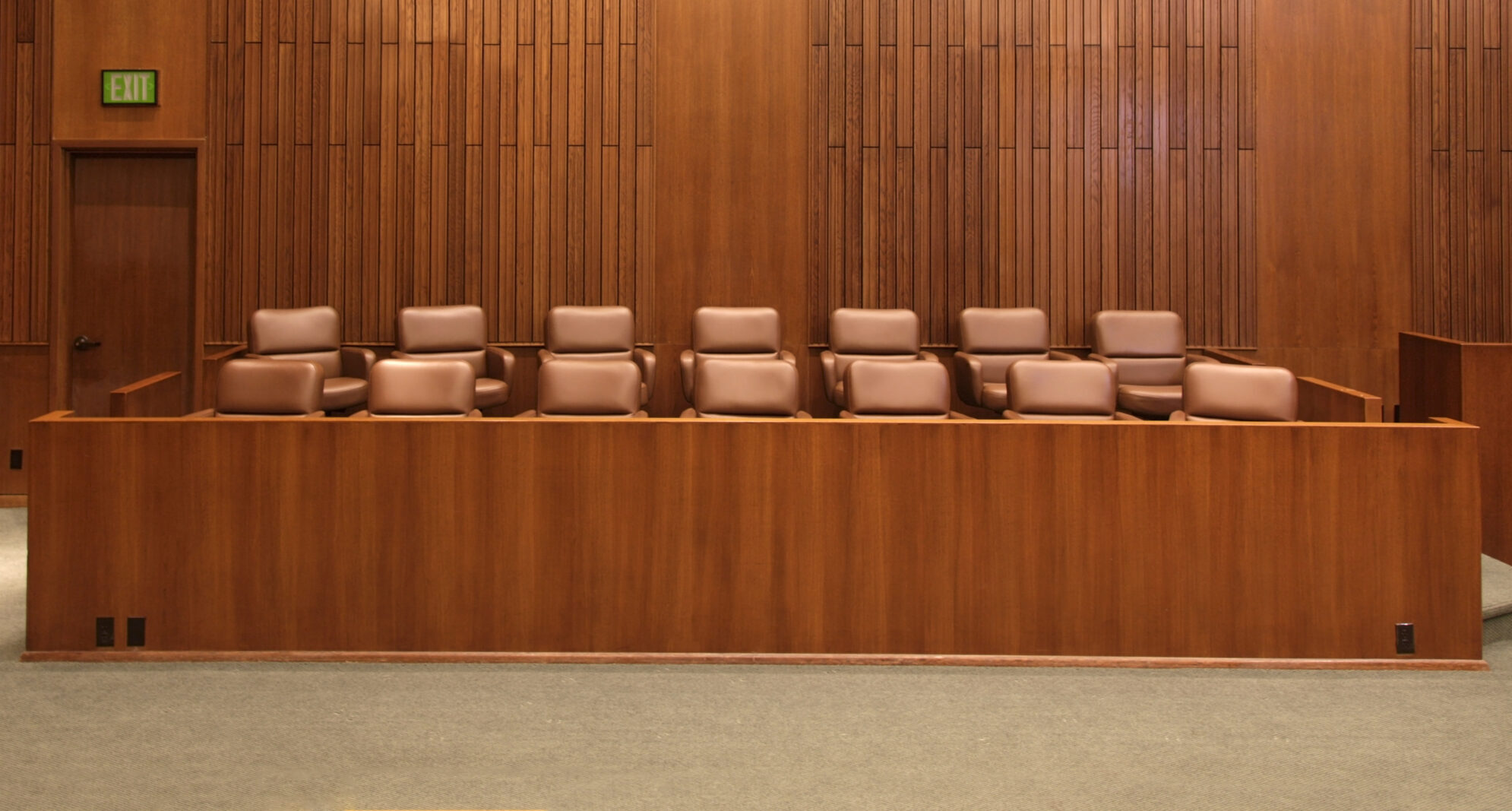
Judging the Book by More Than Its Cover:
A Symposium on Juries, Implicit Bias, and the Justice System’s Response
Download this paper for an overview of the takeaways from the Judging the Book by More Than Its Cover symposium held in Washington, D.C., in March 2020. Additionally, you will find a summary of research on implicit bias as it pertains to jury trials, the judiciary, and the courts, as well as a brief overview of different approaches adopted by courts and judges to help address implicit bias in juries.
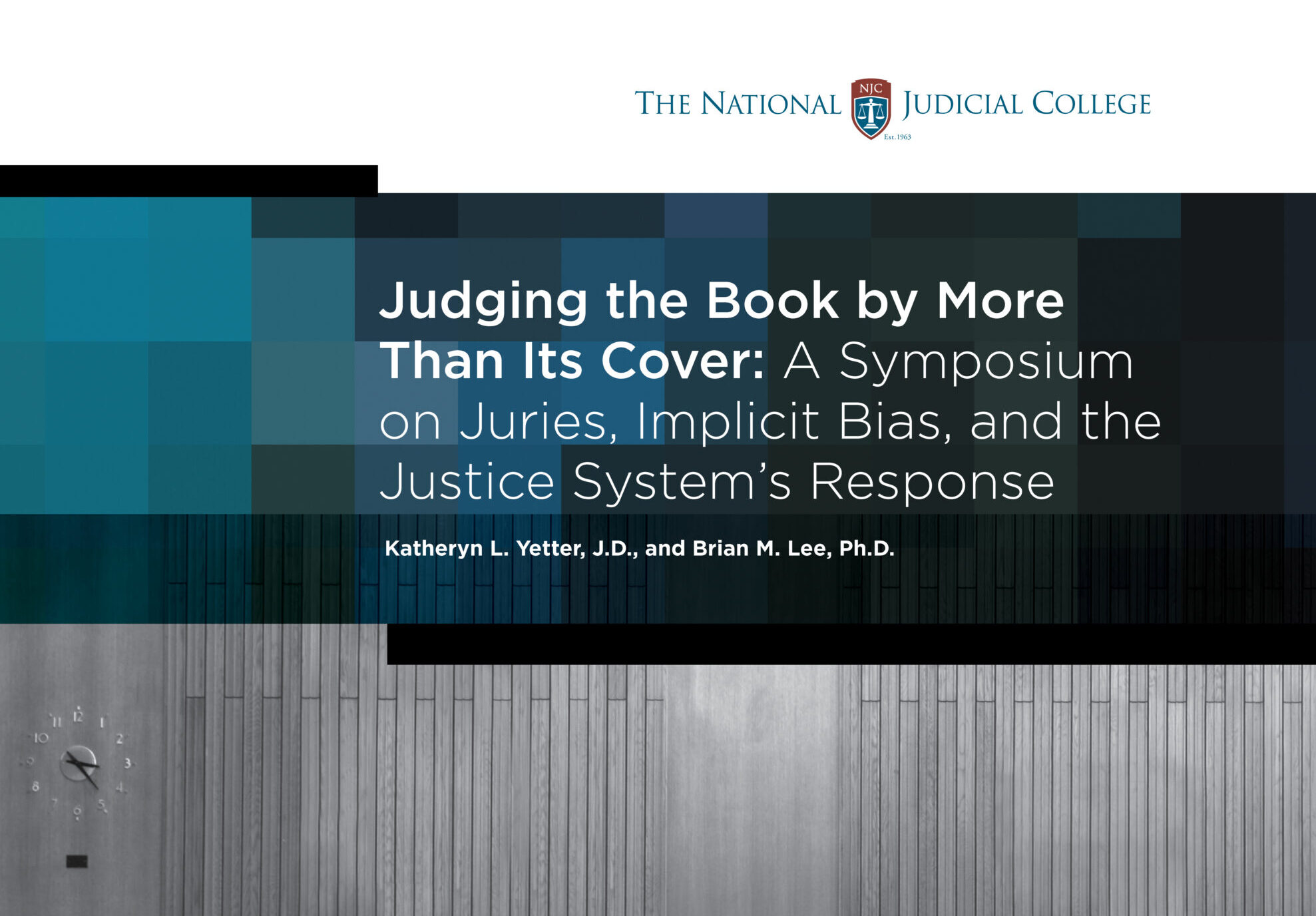
- What is Implicit Bias?
- The Science Behind Implicit Bias
- Mitigating Implicit Bias
- Where We See Implicit Bias in Jury Trials, According to Research
- Civil Jury Trials
- Criminal Jury Trials
- Methodologies Courts Have Used to Mitigate Implicit Bias Among Jurors
- Educating the Jury about Implicit Bias
- Voir Dire to Draw Out Biases
- Jury Instructions Related to Implicit Bias
- What Judges Can Do about Implicit Bias in Jury Trials
- Judging the Book by More Than Its Cover: A Symposium on Juries, Implicit Bias, and the Justice System’s Response: Discussion Points, Outcomes & Recommendations
- Overview of the Course and Symposium
- Outcomes from the Symposium
- Conclusion
- About the authors
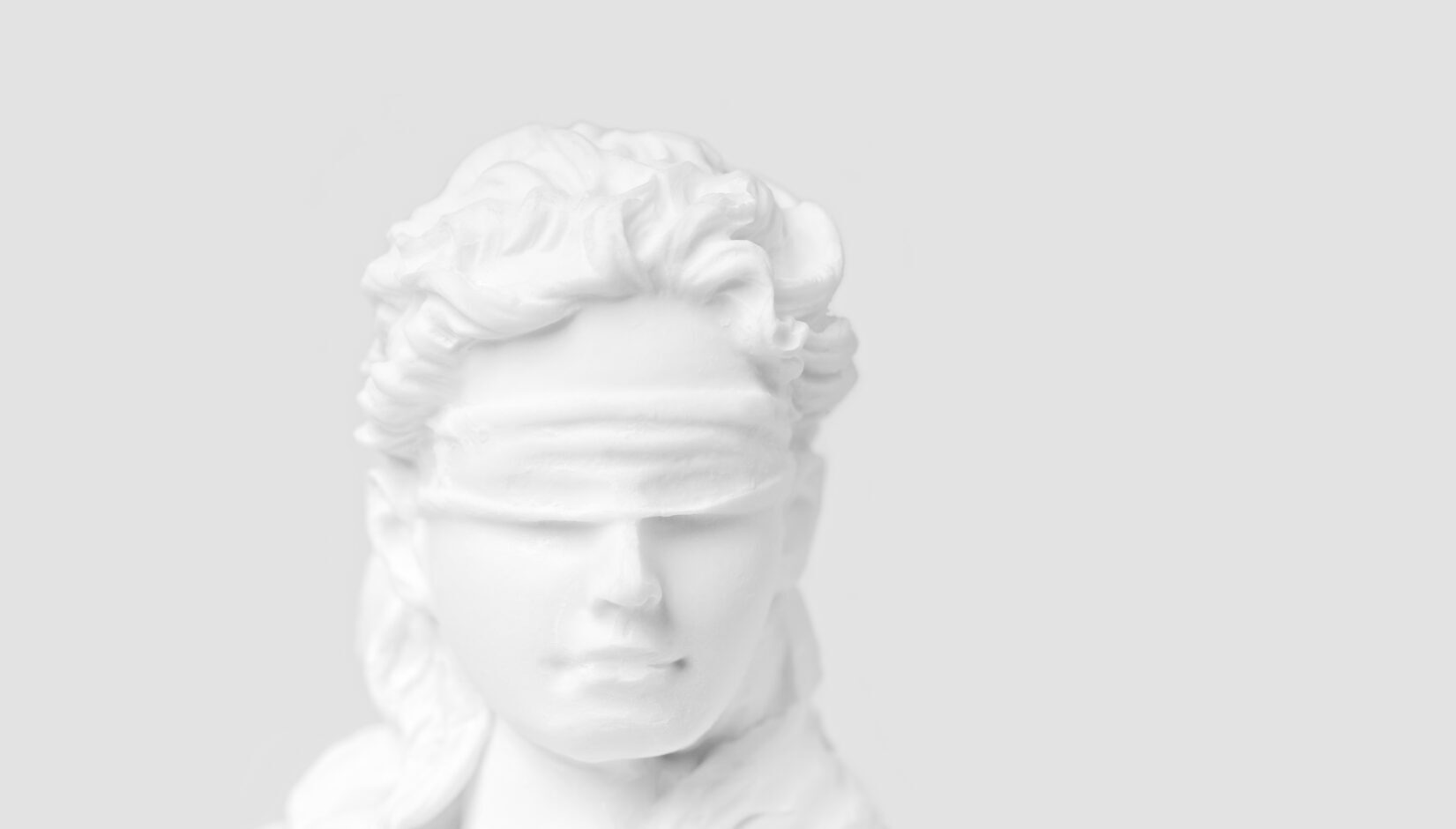
The National Judicial College thanks the American Association for Justice Robert L. Habush Endowment for its support of this document, the course and the symposium.
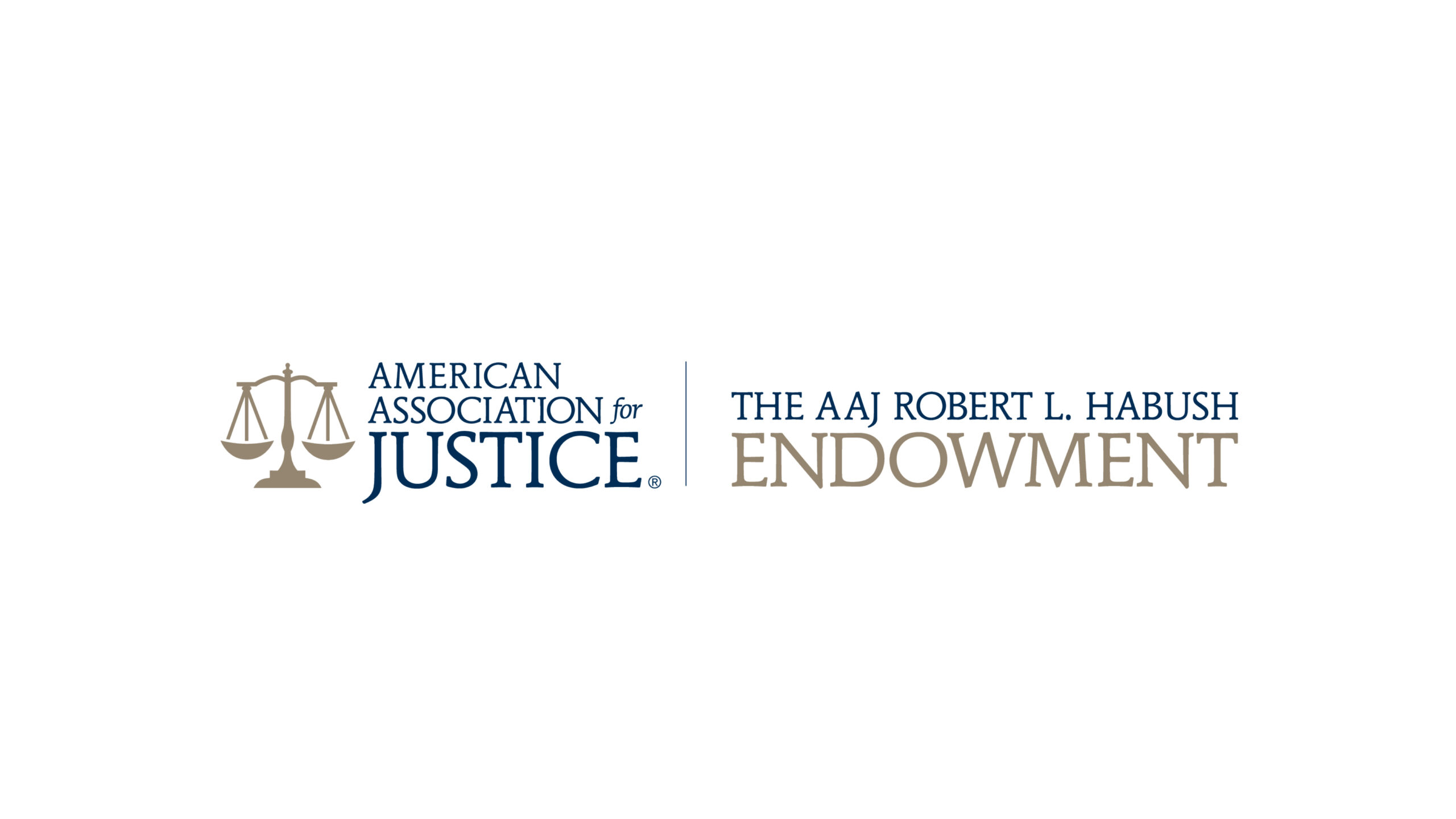
This web series asked uncomfortable questions in the pursuit of ways to rid the justice system of racism. Check out the recorded webinars and additional resources on racial fairness.
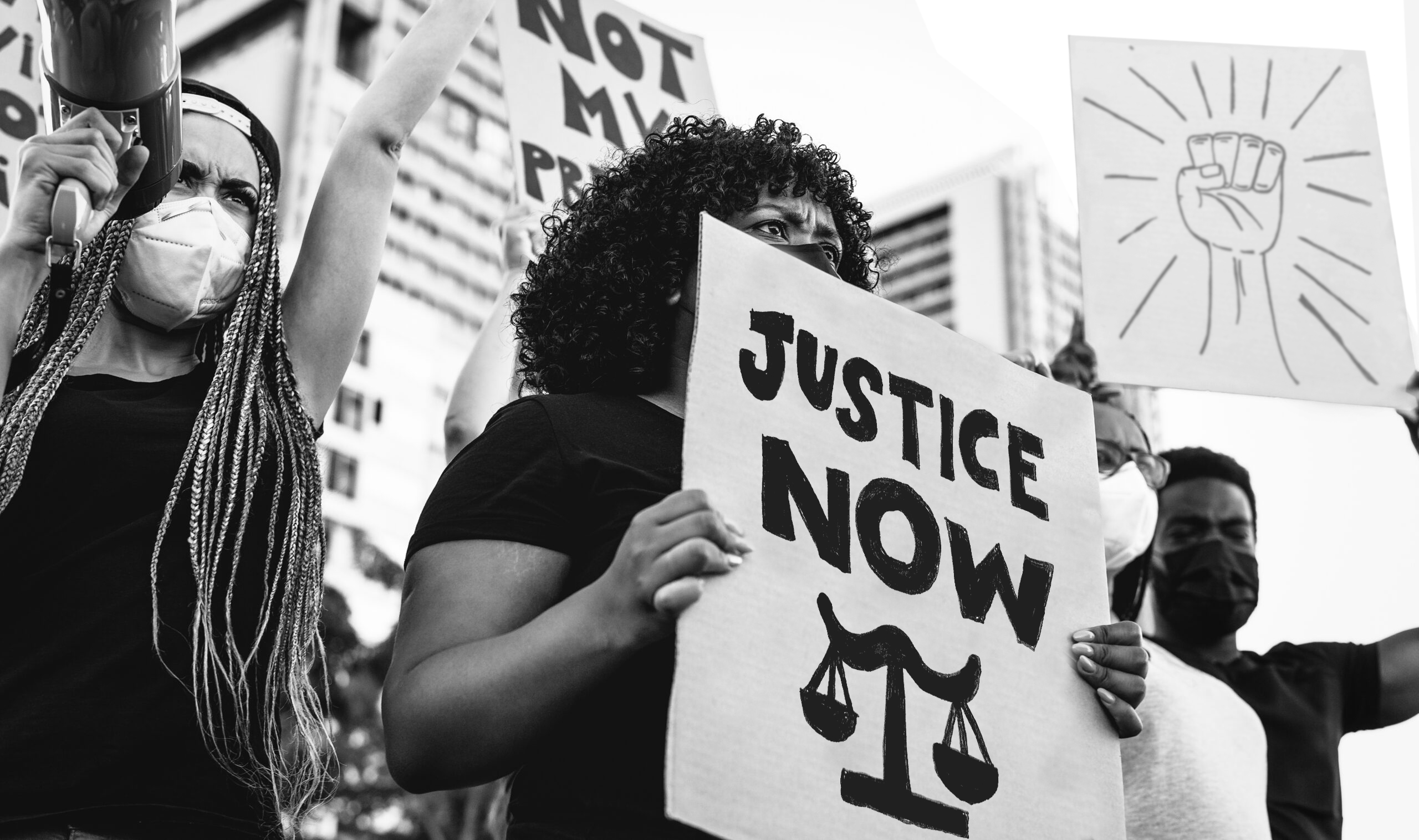
Implicit bias refers to the subconscious attitudes, associations, or stereotypes held about a person based on the group to which that person belongs.
Judging the Book by More Than Its Cover,
Page 2
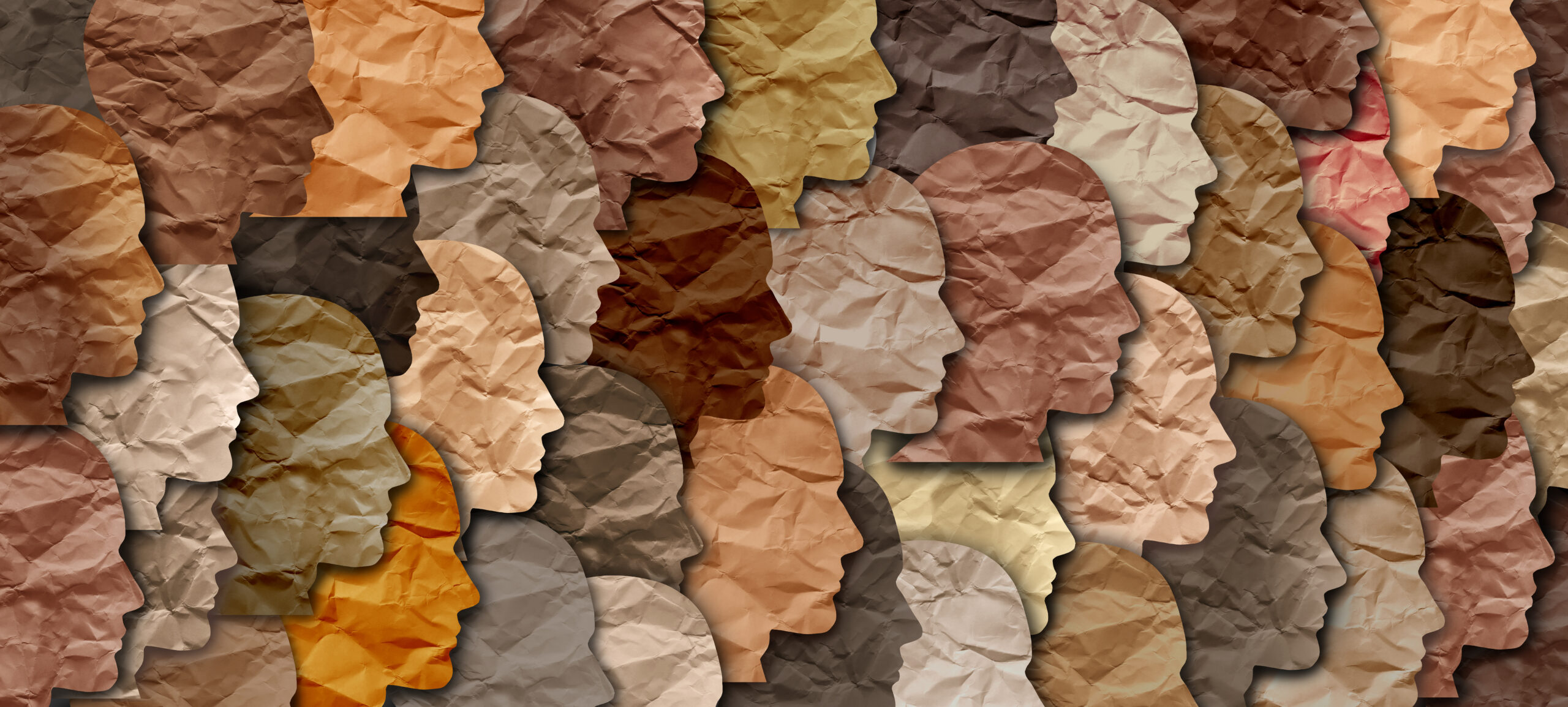
All individuals have implicit biases. They are the mental shortcuts that allowed our ancestors to survive by making split-second decisions with incomplete information. These shortcuts provide a much faster manner of assessing a situation or object, allowing for a faster reaction that could have meant life or death. Helpful or harmful, implicit biases exist in all persons.
The first step to mitigate implicit bias is to recognize its existence in everyone. Critically, judges and those involved in the administration of justice are included in “everyone.” Consequently, failure to recognize the ubiquity of implicit bias could contaminate the entire legal system because when individuals think they are not subject to implicit bias, they are, ironically, more susceptible to biases.
Judging the Book by More Than Its Cover,
Page 2
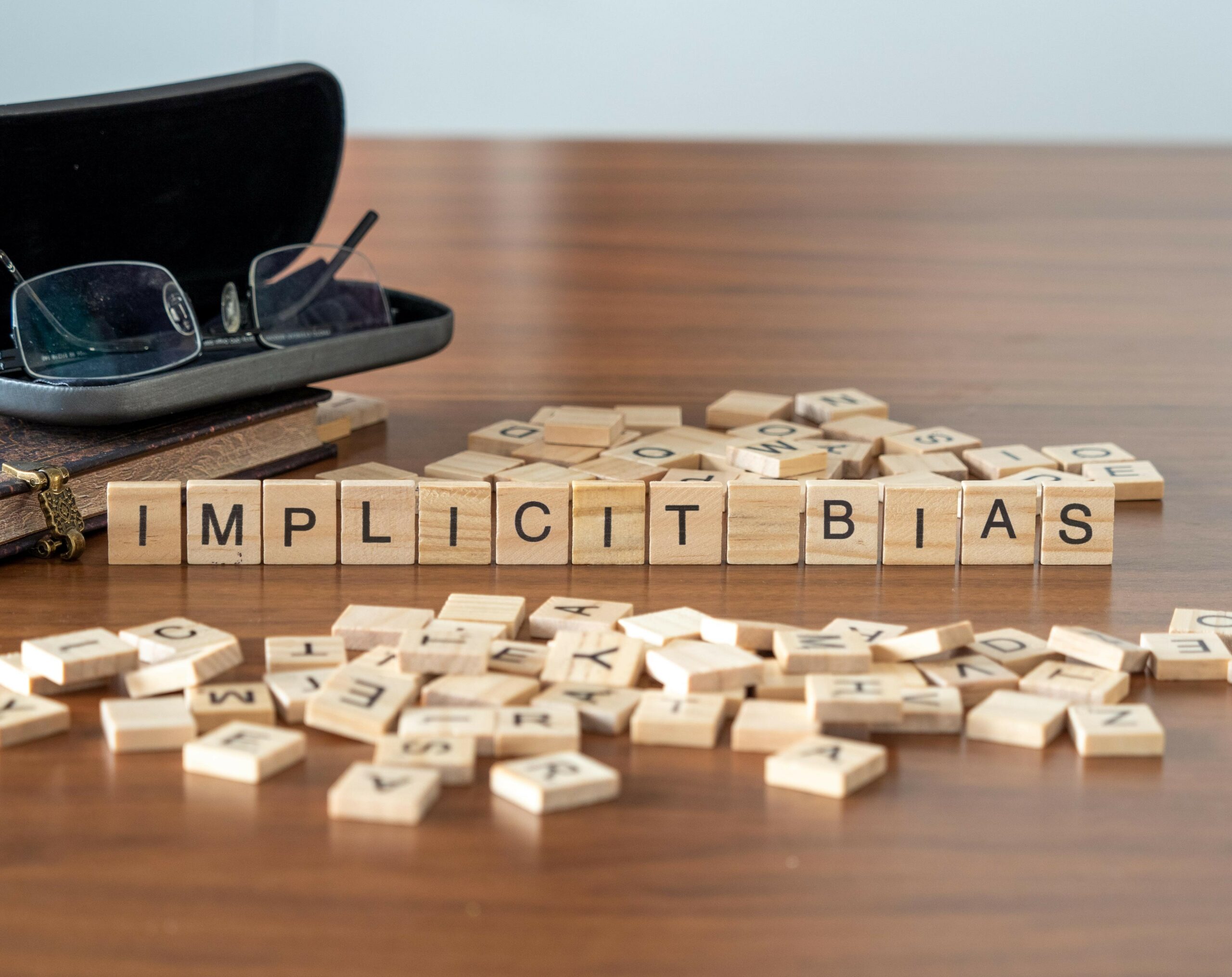
The U.S. Constitution guarantees citizens a fair and impartial trial. But are jurors, or judges for that matter, as impartial and free of implicit biases as we’d like to believe when they are when rendering their decisions? Unfortunately, research on the topic implies that this is not the case.

While much has been studied on the existence of implicit bias, the jury is still out, so to speak, on how to mitigate these biases. Research has shown mixed findings related to the efficacy of the various ways in which courts have tried to identify and reduce, if not eliminate, implicit bias.
Methods include:
- Educating the Jury about Implicit Bias
- Voir Dire to Draw out Biases
- Jury Instructions Related to Implicit Bias
Judging the Book by More Than Its Cover,
Page 4